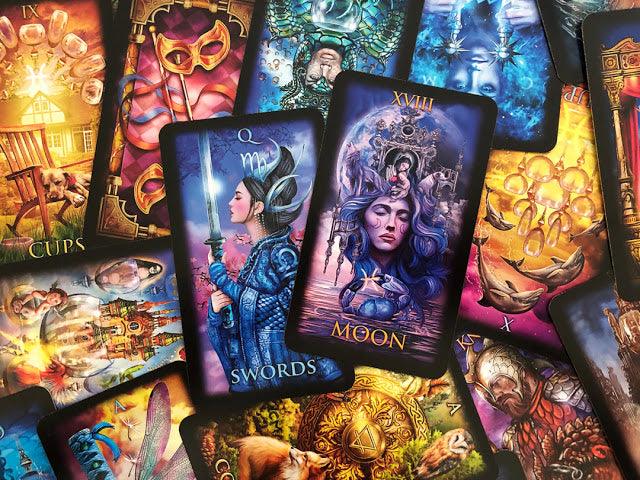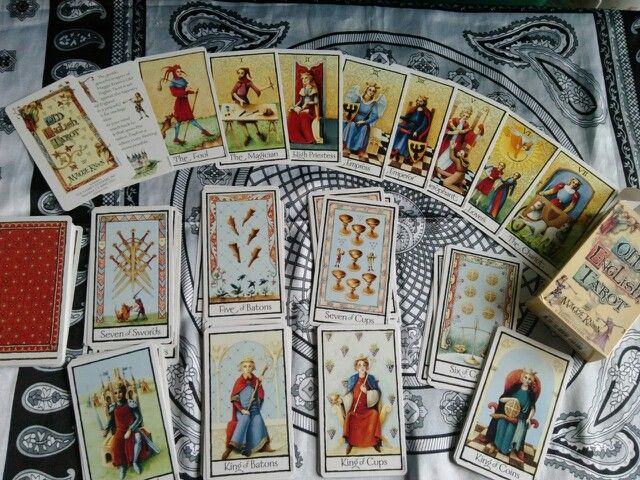The Tarot of Marseille, an Iconic Deck that has transcended centuries, continues to captivate and mystify people worldwide. With its origins dating back to the 15th century, this deck of cards has evolved from a simple playing card set into a powerful tool for divination, self-discovery, and spiritual exploration. In this article, we delve deep into the history, symbolism, and enduring allure of the Tarot of Marseille.
Unveiling the Origins
The Tarot of Marseille, also known as Tarot de Marseille, is believed to have originated in the 15th century in the city of Marseille, France. Initially, it was a standard deck of playing cards used for games, much like the contemporary deck of 52 cards we use today. However, over time, the Tarot of Marseille underwent a transformation that would set it on a unique path.
The Evolution of a Symbolic Deck
The transformation of the Tarot of Marseille from a simple card game to a symbolic and mystical tool began in the 18th century when esotericists and occultists started to recognize its hidden meanings. They saw the potential for divination, introspection, and spiritual guidance within the deck’s imagery.
One of the standout features of the Tarot of Marseille is its intricate and evocative artwork. The deck comprises 78 cards, each rich in symbolism and color. Among these, the Major Arcana cards, featuring archetypal figures such as The Fool, The Magician, and The Lovers, hold particular significance. These cards represent major life events and spiritual lessons, making them the focal point of tarot card reading.
Decoding the Symbolism
The Tarot of Marseille is a treasure trove of symbolism, and each card tells a story. To understand its deeper meaning, one must decipher the intricate symbols and their relationships within the deck. For instance, the Chariot card depicts a warrior riding a chariot pulled by two sphinxes. This symbolizes the triumph of willpower over opposing forces and the importance of maintaining balance in life’s journey.
Moreover, the Tarot of Marseille is known for its use of numerology and elemental symbolism. The number of symbols, the colors used, and the positions of figures within the cards all contribute to their interpretations during readings.
Practical Applications
While the Tarot of Marseille is often associated with fortune-telling and divination, its practical applications extend beyond predicting the future. Many individuals use the deck as a tool for self-reflection and personal growth. By drawing cards and contemplating their meanings, people can gain insights into their thoughts, emotions, and life circumstances.
Additionally, therapists and counselors have incorporated Tarot readings into their practices as a means of aiding clients in exploring their feelings and concerns. It serves as a non-invasive method to encourage introspection and facilitate discussions about life’s challenges.

The Enduring Allure
What is it about the Tarot of Marseille that has allowed it to endure for over five centuries? The answer lies in its timeless appeal and adaptability. In a world marked by constant change, the Tarot of Marseille provides a sense of stability and connection to the past. Its archetypal symbolism resonates with people from diverse backgrounds and belief systems, making it a universally accessible tool for self-discovery.
Moreover, the Tarot of Marseille continues to evolve in response to contemporary needs. Modern Tarot decks often draw inspiration from its symbolism, adapting it to address the concerns and questions of today. This adaptability ensures that the Tarot of Marseille remains relevant in an ever-changing world.
Closing Thoughts
The Tarot of Marseille is far more than just a deck of cards; it is a source of wisdom, insight, and inspiration. Its journey from a humble card game to a profound tool for self-discovery is a testament to the enduring power of symbolism and human curiosity. Whether you seek answers to life’s questions or simply wish to explore its rich history, the Tarot of Marseille invites you on a timeless journey of discovery.










